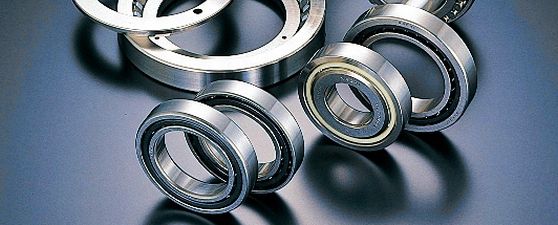
Most rolling bearings consist of rings with raceway
(inner ring and outer ring), rolling elements (either balls or rollers) and cage. The cage separates the rolling elements at regular intervals, holds them in place within the inner and outer raceways, and allows them to rotate freely. The surface on which rolling elements roll is called the “raceway surface”. The load placed on the bearing is supported by this contact surface. Normally, the inner ring fits on the axle or shaft and the outer ring on the housing. Generally, bearings with a contact angle of less than
45° have a much greater radial load capacity and are classed as radial bearings; whereas bearings which have a contact angle over 45° have a greater axial load capacity and are classed as thrust bearings. There are also bearings classed as complex bearings which combine the loading characteristics of both radial and thrust bearings.
when compared with sliding bearings, rolling
bearings all have the following advantages:
(1) The starting friction coefficient is lower and there is little difference between this and the dynamic friction coefficient.
(2) They are internationally standardized, interchangeable and readily obtainable.
(3) They are easy to lubricate and consume less
lubricant.
(4) As a general rule, one bearing can carry both radial and axial loads at the same time.
(5) May be used in either high or low temperature
applications.
(6) Bearing rigidity can be improved by preloading.
Rolling bearings divide into two main classifications: ball bearings and roller bearings. Balls geometrically contact with the raceway surfaces of the inner and outer rings at “points”, while the contact surface of rollers is a “line” contact.
When compared with roller bearings of the same size, ball bearings provide lower levels of resistance and torque friction and reduce the risk of axial run-out and vibration. For this reason they are suitable for low torque high-speed, high-precision applications.


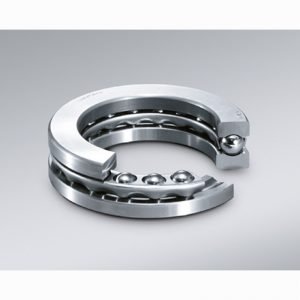
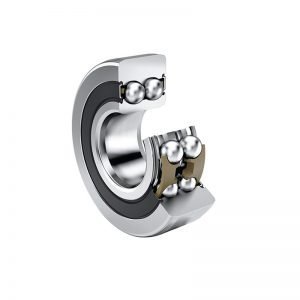
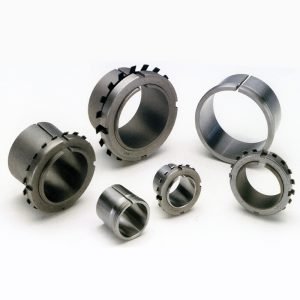
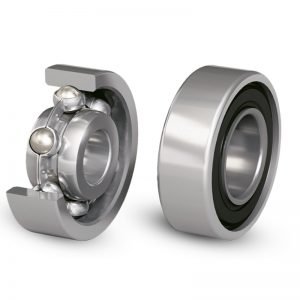
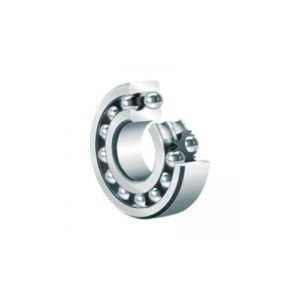
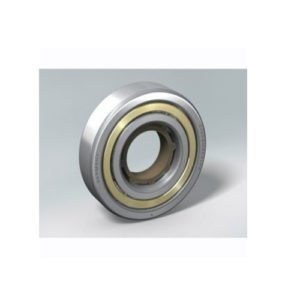
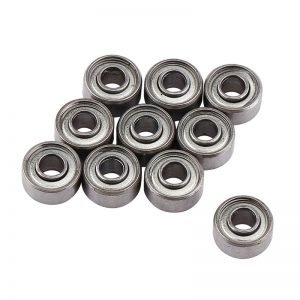
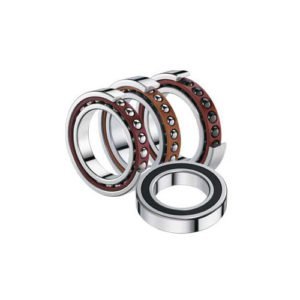
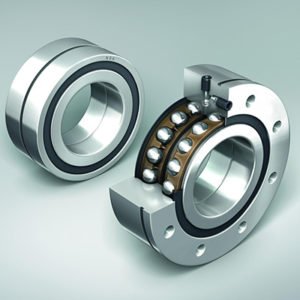
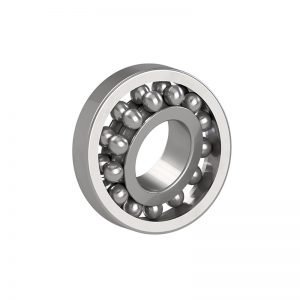
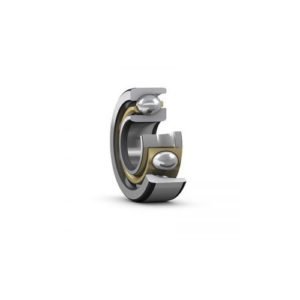
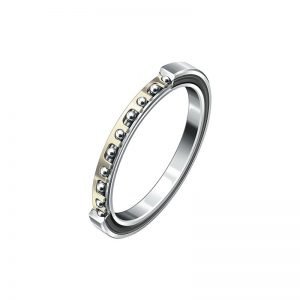

 Italiano
Italiano